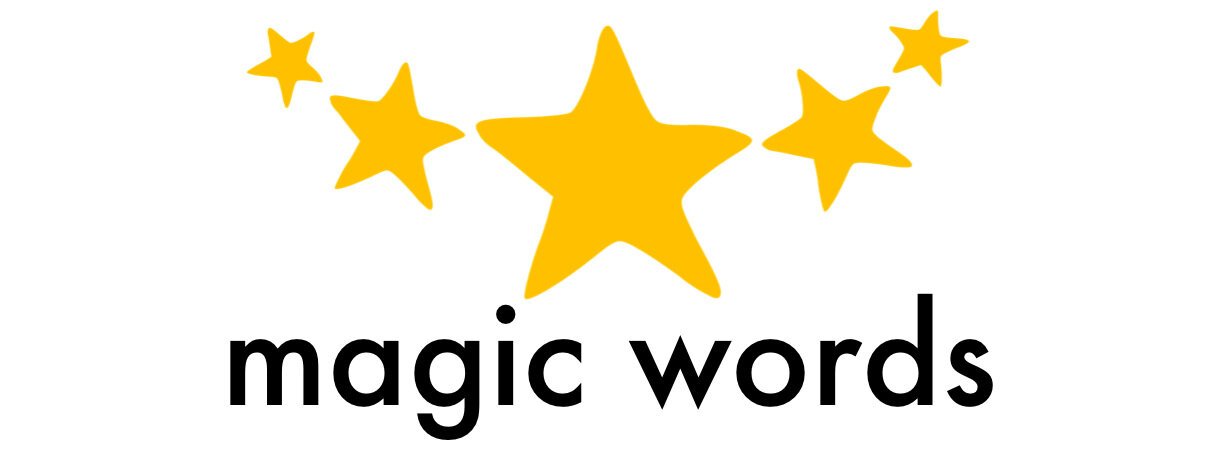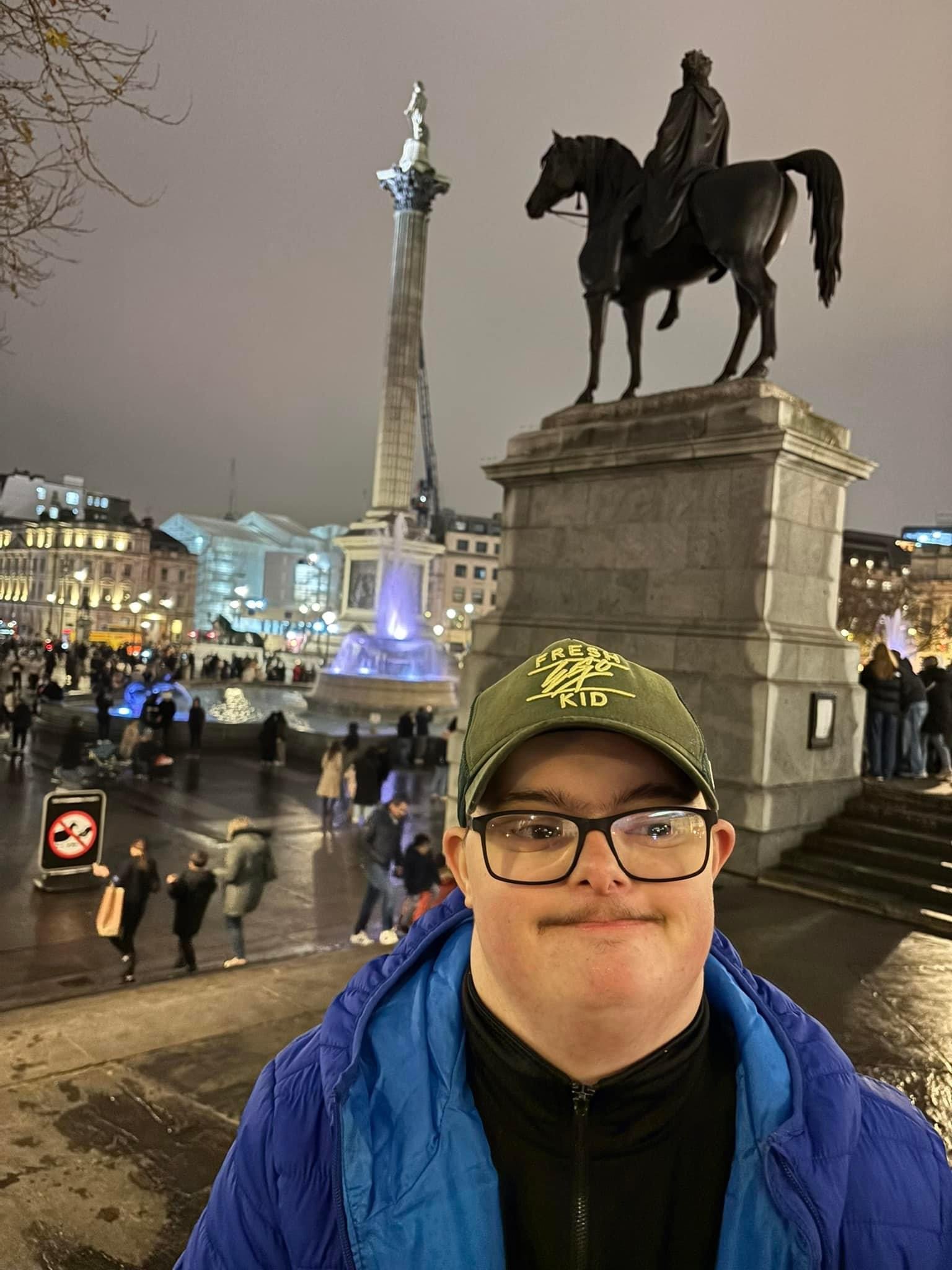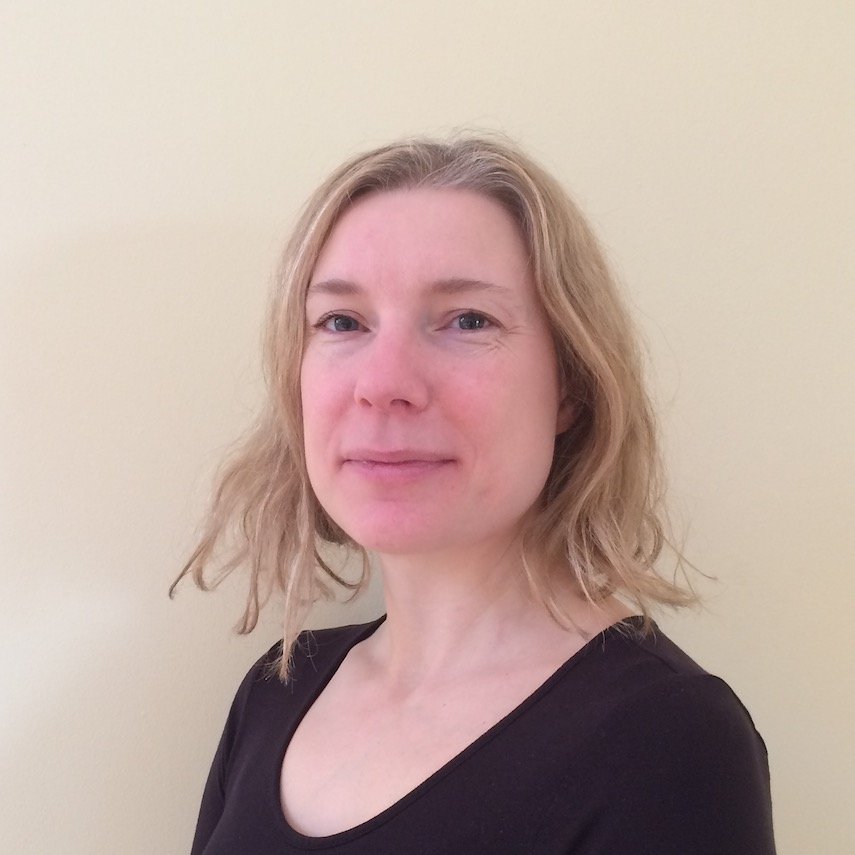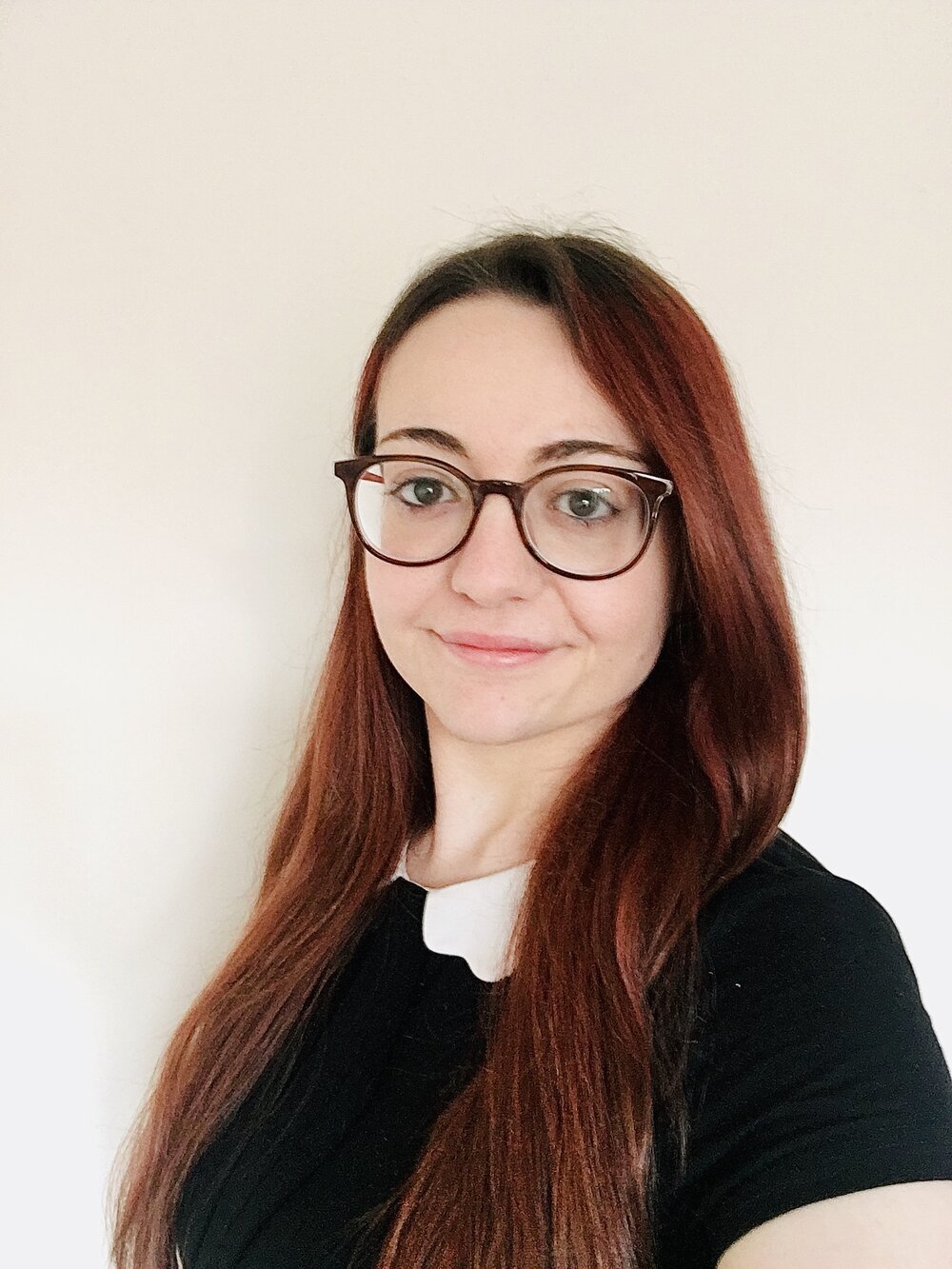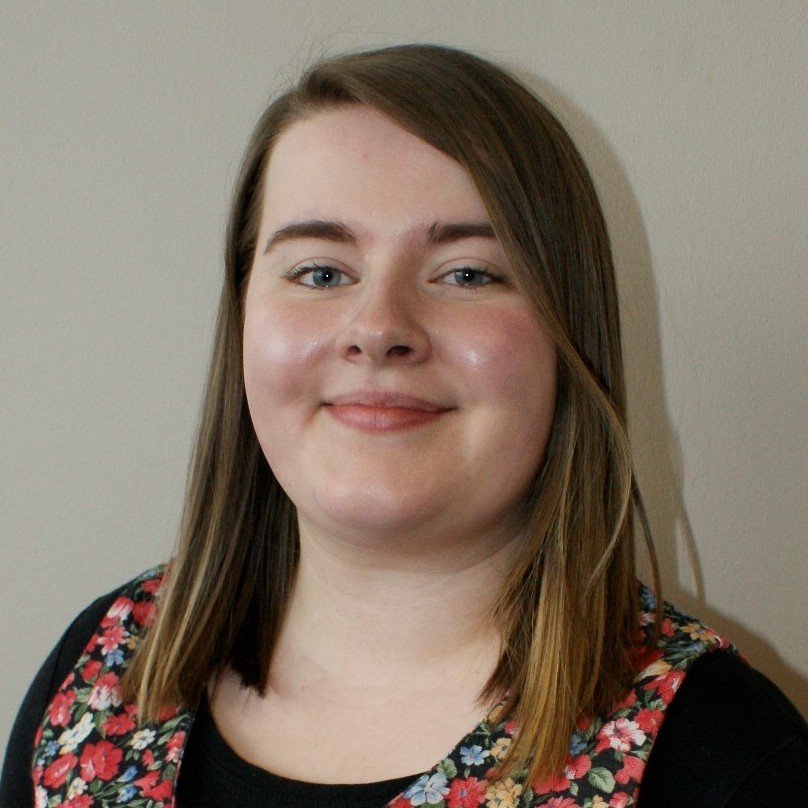From left to right: Dad (Scott), Jackson, Mum (Emma) and Mason.
Written by: Emma Vaughan (Speech & Language Therapist at our St Albans Clinic) with a contribution from Tessa Cliff-Reid (Senior Speech & Language Therapist at our Milton Keynes Clinic).
Today, 21st March, is an important day for Emma and Tessa, two dedicated members of our therapy team here at Magic Words. This awareness day (and week) is important to so many others all around the world, as well. Emma and Tessa wanted to take this opportunity to share their stories, tell you a bit more about World Down Syndrome Day and why it’s so important to celebrate and raise awareness of the condition in your local communities.
People with Down Syndrome, also known as Trisomy 21, have three copies of chromosome 21 instead of the usual two. The theme for World Down Syndrome Day 2025 is ‘Improve Our Support Systems’ as it is absolutely crucial that people with Down Syndrome get access to the right support when they need it, further enabling them to thrive in life - in which ever way they choose.
Emma graduating from her Speech & Language Therapy University programme in London.
Emma and Jackson’s Story
As a Speech and Language Therapist, a fundamental part of my role is advocating for the children and young people in my caseload while doing my best to help their families / carers to access any additional support they may need.
People with Down Syndrome have different needs for support, just as we all have different needs. When we act as advocates and do everything in our power to ensure people with Down Syndrome can access the level support they need - they are far more likely to reach their full developmental potential.
As they continue to blossom and flourish, that early access to support will set them up to succeed - to have a much brighter future!
How early intervention encouraged my decision to become a Speech & Language Therapist
There was never a point after receiving my second son, Jackson’s Down Syndrome diagnosis during pregnancy that I believed it would lead to a totally new career for me. However, after having witnessed first-hand the positive impact on family life that Speech & Language Therapy can have, I knew it was a career path that I would love to explore. I attended weekly therapy sessions with Jackson for over three years thanks to local charities, and looked forward to them just as much, if not more, than he did. It was astounding to me how quickly he learned to communicate once supported before his verbal language developed.
As a family, we learned Makaton to support communication, to celebrate tiny milestones met along the way and how to navigate the education system with a child with Special Education Needs (SEN). This further persuaded me to share my acquired knowledge to support other families in similar situations. I absolutely loved my university days, despite the late nights writing assignments, and could not wait to start working in the field. I brought some of the transferable skills I had developed from my years as an accountant (15 years!) such as flexibility, analysing data and prioritisation.
“Jackson surprises us each morning with a different fancy dress outfit he has created and often puts on a performance too - a born entertainer for sure!”
Jackson is 7 years old (8 on Monday!) and attends a mainstream primary school where he is currently in Year 3. Jackson is supported by a full time 1:1 Learning Support Assistant (LSA) and has a differentiated curriculum to ensure he can access the learning as well as regular speech and language therapy to continue to develop his communication skills. Jackson loves chocolate, cake, horse riding, playing football and cars with his big brother, Mason, and dressing up. Jackson surprises us each morning with a different fancy dress outfit he has created and often puts on a performance too - a born entertainer for sure! There is never a day where Jackson does not make us laugh, he lights up the room wherever he goes. I hope that he continues to shine in life, whichever direction he chooses to go.
Joining Magic Words
My second year placement whilst at University was with Magic Words with the lovely Hannah as my Practice Educator. I absolutely loved being in the same school every week, building a rapport with the children, including their interests in our sessions and seeing them so excited for sessions each week. I also loved the supportive environment that Magic Words encourages, with all members of the team sharing their knowledge and ideas to best support our clients. I really enjoy continuous learning, and you are definitely well supported to do this at Magic Words - especially when it comes to receiving excellent support as an NQP straight out of University.
I could not be happier in this new career as a Speech & Language Therapist, and no two days are ever the same. You never know what a child is going to say or do! I feel very honoured to be able to celebrate with families as children meet milestones, and sharing my own experiences as Jackson’s Mum has been a huge highlight for me. I am also lucky enough to always be learning about the best ways I can continue to support Jackson, and his amazing friends with Down Syndrome, too!
Leo out and about in Trafalgar Square, London.
Tessa and Leo’s Story
My son Leo is 16 years old and was born whilst we were living abroad in Bangkok. Navigating and attempting to access the appropriate support for him was difficult to say the least. While we loved and cherished our time in Thailand, we eventually made the decision to return to the UK when Leo was 3 years old.
Throughout the years, we have had to fight consistently for Leo to have access the level of support that he requires (and deserves) to ensure that he is able to reach his true potential and doesn’t ever need to feel othered or frustrated. He attended mainstream schools until Year 10, when he eventually transitioned to a specialist provision - which provides him with a brilliant life skills-based curriculum that will enable him to live as independently as possible in the future.
Leo loves pizza, music and singing, taking the dog on walks, shopping for clothes, hanging out with his friends, swimming and wrestling. He finds his sisters annoying and struggles to get out of bed in the morning - a pretty typical teenager!
From left to right: Dad (Simon), Leo and Mum (Tessa) at the Strictly Come Dancing Live Tour!
The best ways to get involved in your local community
Every year, communities come together to celebrate World Down Syndrome Day by wearing their brightest, boldest, and funkiest / most colourful (or even mismatched) socks to symbolise being unique (and due to chromosomes somewhat resembling socks). Join us, and so many people all around the world by picking out your best socks to celebrate this important occasion and if anyone asks why you’re rocking your socks - you can take the opportunity to spread awareness at the same time!
Looking for local Speech and Language Therapy support? We have 7 clinic locations across the UK and we also offer speech and language therapy services to 100+ schools across the South East of England, the Midlands and London - helping thousands of children and young people to shine by removing barriers to their communication development and learning. Learn more about our services here.
